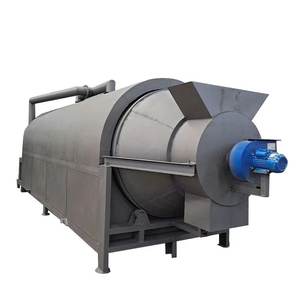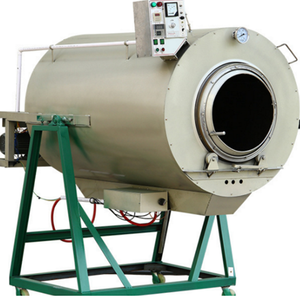While the term “heavy machinery” often evokes images of large, powerful equipment dominating construction sites, mines, or agricultural fields, the classification of a standard passenger car within this category requires careful technical consideration. As mechanical engineers, we analyze systems based on design intent, operational parameters, structural characteristics, and regulatory frameworks. Applying these criteria reveals that a typical passenger car does not qualify as heavy machinery, though the boundary can be nuanced for heavier commercial vehicles.
(does a car count as heavy machinery)
Fundamentally, heavy machinery refers to specialized equipment engineered primarily for industrial tasks involving significant earthmoving, material handling, lifting, or processing. This category encompasses excavators, bulldozers, cranes, large industrial presses, mining equipment, and agricultural combines. Key defining characteristics include:
* **High Power-to-Weight Ratio:** Heavy machinery prioritizes high torque and power delivery for demanding tasks, often utilizing robust diesel engines or hydraulic systems far exceeding typical automotive requirements.
* **Specialized Functionality:** They are purpose-built for specific industrial applications (e.g., digging, lifting tons, compacting soil), not general transportation.
* **Robust Structural Design:** Frames, booms, buckets, and other components are engineered for extreme stress, impact loads, and harsh operating environments, utilizing high-strength steels and specialized fabrication techniques.
* **Complex Hydraulic/Pneumatic Systems:** Essential for actuating arms, buckets, blades, and attachments, these systems operate at pressures and flow rates uncommon in standard automobiles.
* **Non-Standard Mobility:** While mobile, their movement is often secondary to their primary function and may involve tracks or specialized off-road tires not designed for sustained highway speeds.
In contrast, the passenger automobile is engineered with a distinct primary function: the safe, efficient, and comfortable transportation of people and light cargo on established road networks. Its design reflects this core purpose:
* **Passenger-Centric Design:** Prioritizes occupant safety (crumple zones, airbags), comfort (suspension tuning, NVH reduction), and ergonomics.
* **Roadworthiness & Efficiency:** Optimized for paved surfaces, emphasizing fuel efficiency, handling, braking performance, and emissions compliance at highway speeds.
* **Regulatory Framework:** Subject to distinct automotive safety standards (FMVSS in the US, ECE in Europe), emissions regulations (Euro standards, EPA Tier), and licensing requirements vastly different from off-road industrial equipment.
* **Powerplant Focus:** Engines (gasoline, diesel, or increasingly electric) are tuned for a balance of power, responsiveness, fuel economy, and emissions control suitable for variable road conditions, not constant high-torque industrial operation.
* **Weight Class:** Typically falls within the “Light-Duty Vehicle” classification, with Gross Vehicle Weight Ratings (GVWR) usually well below 10,000 lbs (4,536 kg) for passenger cars and many SUVs/pickups.
The distinction becomes critical in practical contexts. Operating heavy machinery requires specialized training and often certification due to the inherent hazards of their powerful movements, stability concerns, and complex systems. Safety protocols, maintenance procedures, and regulatory oversight differ significantly from those governing passenger vehicles. While heavy-duty pickup trucks, large SUVs, or commercial vans approach the lower weight limits of some heavy equipment classifications, they generally retain the core design philosophy and regulatory treatment of automobiles, lacking the specialized industrial function and extreme-duty engineering. Vehicles explicitly designed for industrial tasks within transportation, like heavy haul tractors or specialized mining trucks, clearly cross into heavy machinery territory due to their scale and purpose.
(does a car count as heavy machinery)
Therefore, based on fundamental engineering principles – design intent, operational parameters, structural demands, and regulatory categorization – the standard passenger car is definitively not classified as heavy machinery. It occupies a distinct category within the broader spectrum of mechanical transportation devices, engineered for a specific purpose fundamentally different from the earth-moving, lifting, and processing tasks that define true heavy machinery. Recognizing this distinction is essential for safety, regulation, maintenance, and operational understanding across engineering disciplines.


